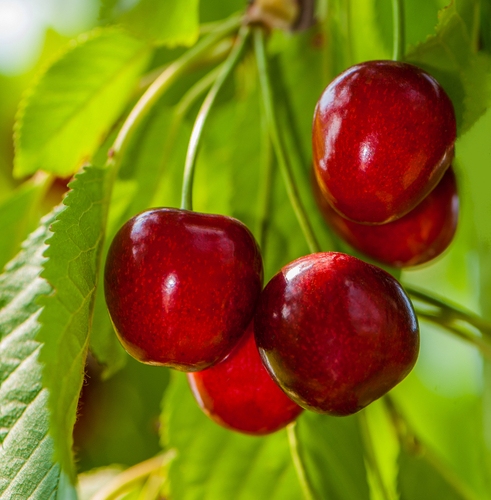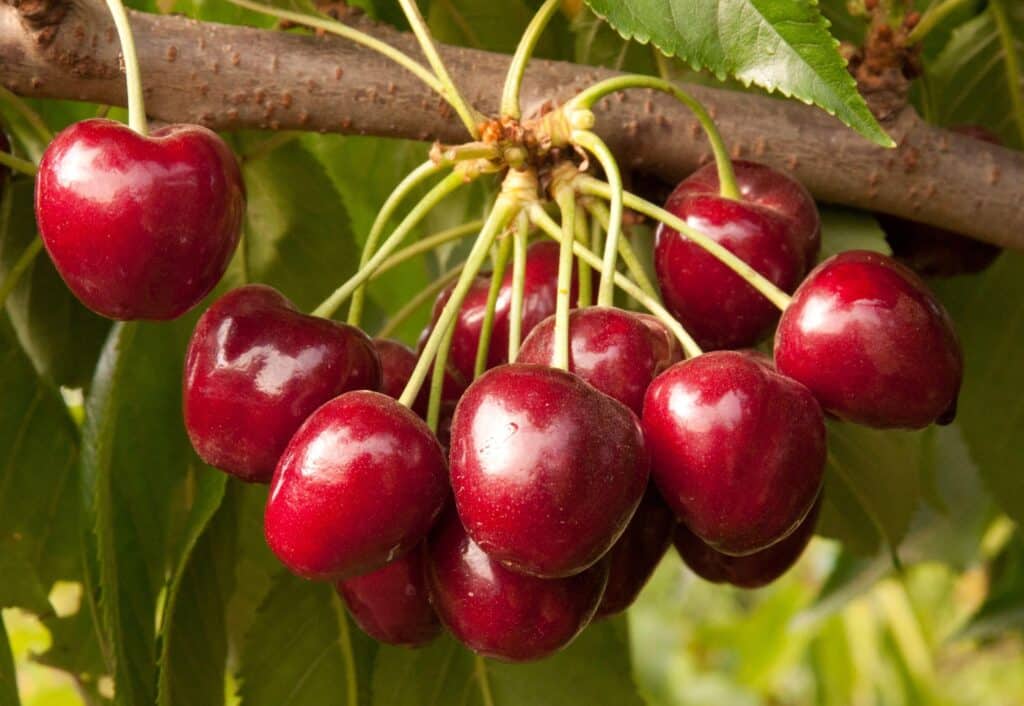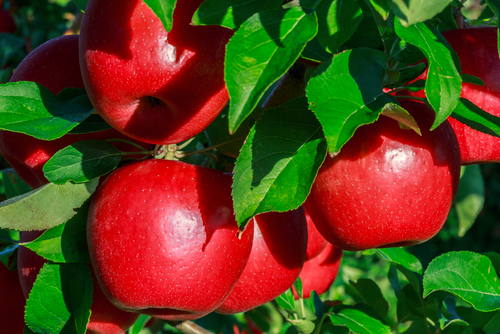A lot of people think that you can't grow cherry trees in North Florida, except for the Barbados cherry. However, the Barbados cherry is quite different from traditional cherry trees in terms of size, flavor, and overall characteristics. Barbados cherries are smaller, have a more tropical flavor, and are softer than the firm, juicy cherries people are accustomed to.
We have been experimenting with several cherry tree varieties that are proving successful in North Florida: Royal Lee, Mini Royal, and Royal Crimson. These varieties are low-chill cherries that can thrive in our climate with proper care. Below, we’ll discuss what to expect from each variety, including fruit characteristics and chill hour requirements.
| Cherry Variety | Flavor | Brix (Sugar Content) | Size | Color | Chill Hours |
|---|---|---|---|---|---|
| Royal Lee | Sweet and slightly tart | 18-22 | Medium-sized fruit | Dark red when fully ripe | 200-300 |
| Mini Royal | Rich, tangy, and sweet | 16-20 | Slightly smaller than Royal Lee | Bright red | Around 300 |
| Royal Crimson | Balanced sweetness | 18-22 | Similar to Royal Lee | Deep red | 200-300 |
These three varieties were developed by Floyd Zaiger, a renowned horticulturist known for breeding innovative fruit varieties.
The Importance of Pruning Cherry Trees
One of the most crucial aspects of growing cherry trees is proper pruning, especially during the first 4-5 years. Trees that are properly pruned early on will require much less maintenance later. This is particularly important for sweet cherry varieties, as they tend to grow tall and develop weak branches if left unchecked.
Pruning should generally be done in the winter while the tree is dormant. Here in North Florida, early February tends to be an ideal time.
How to Prune a Young Cherry Tree
Young cherry trees often arrive from the nursery as a whip—a vertical trunk with no lateral branches. To encourage proper branching, the first heading cut should be made at planting. Cut the whip at about 25 inches from the ground. This encourages lateral branching and is the first step toward proper tree development.
Year 1
- As the tree grows, select three shoots in the top 18 inches of new growth (about six inches apart).
- Remove all other laterals to focus energy on these three main branches.
Year 2
- Cut back the three framework branches by one-third to one-half of their season’s growth.
- In summer, select two well-spaced shoots on each framework branch and remove any other laterals.
Year 3 and Beyond
- Repeat the process of selecting two shoots per framework branch each year.
- Continue rubbing off any unnecessary laterals.
By following this structured pruning technique, your cherry tree will transition from a tall, skinny tree to a well-branched, productive tree that is easier to manage and harvest from. Proper pruning leads to stronger branches and higher fruit yields in the long run.
With the right variety selection and proper pruning techniques, growing cherry trees in North Florida is not only possible but rewarding. If you have any questions or want to share your experiences, let us know!

Mini Royal

Royal Crimson

Royal Lee